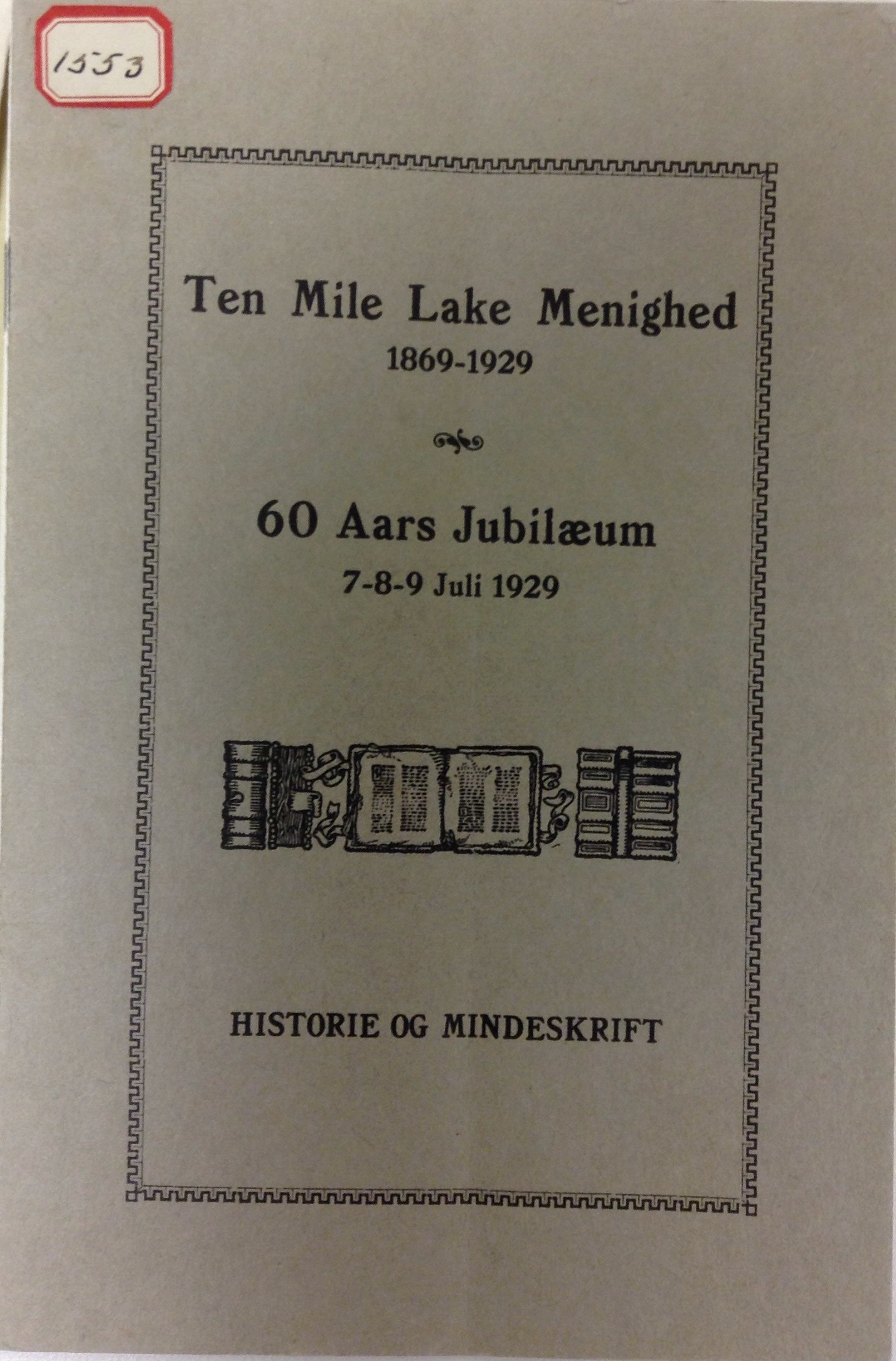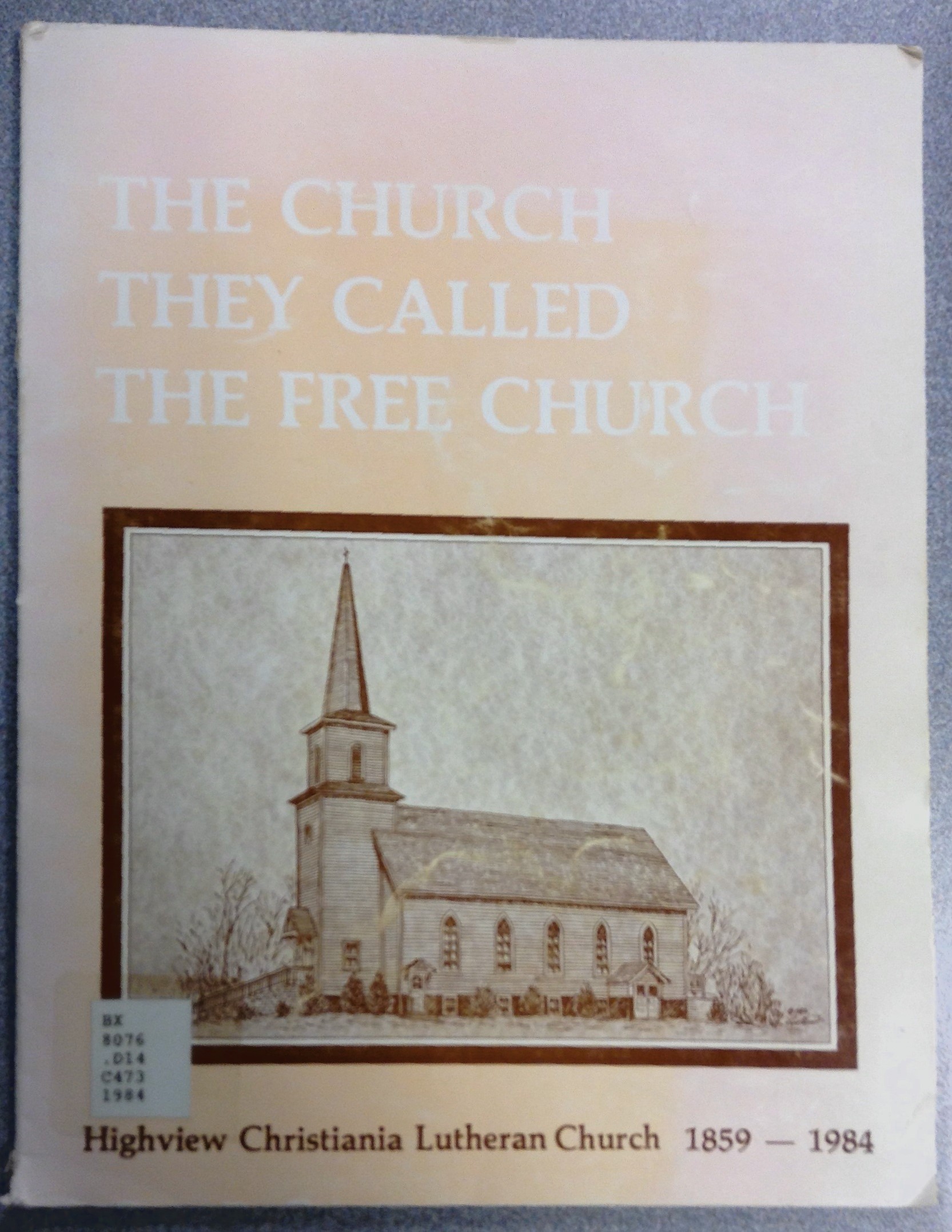Congregational History


A fundamental principle of the Lutheran Free Church (1897-1963) was the conviction that ‘free and living congregations’ are the ‘right form of the Kingdom of God on earth.” Other Lutherans have granted greater authority to regional and national church bodies. This project’s focus on congregations is informed more by historical method than by theology.
R. Stephen Warner’s New Wine in Old Wineskins: Evangelicals and Liberals in a Small-Town Church (1990) demonstrated well that close attention to local congregations provides valuable insights about their larger communities and cultural context. Since then other scholars in congregational studies have produced useful historical cases, for example American Congregations: Portraits of Twelve Religious Communities (1998) edited by James W. Lewis and James P. Wind.
The congregations featured in this project were chosen, in part, for their potential to illustrate characteristics of Norwegian-American Lutheran groups. Of course four, brief examples cannot do this completely. More cases would need to be treated more fully to present the richness and internal variety of this stream of American Lutheranism.
In addition to general studies, we have relied upon congregational histories prepared for landmark anniversaries. The audience for such works is usually members — past and present — of the congregation. These present a wealth of local information in words and images; the most successful examples place that story in a larger context.
The resources available to a congregational historian are vastly expanded by judicious use of digital materials. In addition we recommend James P. Wind’s Places of Worship: Exploring Their History (2013) and the ELCA, Region III archive’s guide to congregational archives and history, Memory Work.
